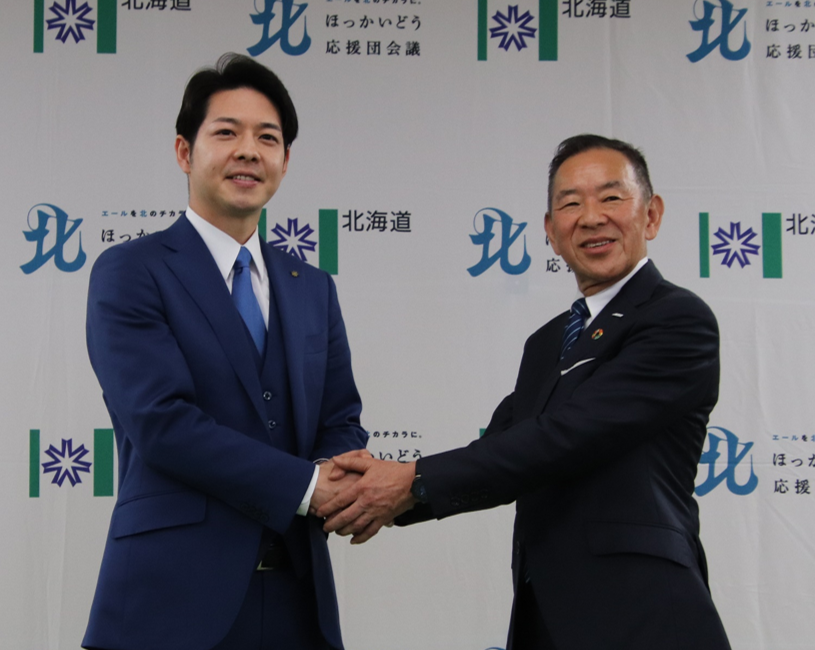Can Hokkaido turn into the next Silicon Valley? The state-backed semiconductor firm Rapidus unveiled a plan to establish a factory in Japan’s northernmost region, which offers vast amounts of land at a low price and a cool climate suitable for manufacturing. However, there are mounting challenges to overcome, including energy-related ones.
Founded in August last year, Rapidus aims to quickly become a top player in the semiconductor sector, (Rapidus meaning “swift” in Latin). The Tokyo-based firm was formed with a modest investment of ¥7.3 billion from eight prominent Japanese companies, including Toyota, NTT, Sony, SoftBank, Kioxia, Denso, NEC, and Mitsubishi UFJ Bank. Additionally, Rapidus has received ¥70 billion in government subsidies, with METI potentially injecting an additional ¥300 billion.
Rapidus envisions creating a “Hokkaido Valley” stretching from Ishikari, a new hub for data centers, to Tomakomai, a major port on the Pacific coast. It will encompass Sapporo, a city of two million, and Chitose, the area around the main international airport for Hokkaido. The establishment of a new cutting-edge chip factory should lure makers of production equipment and materials to the area, further boosting the local economy. Coupled with TSMC’s preparation for chip production in Kumamoto, the Hokkaido initiative is expected to complement Japan’s overall semiconductor strategy.
The key thing to keep in mind is that semiconductor manufacturing is one of the world’s most energy intensive industrial processes. It has also traditionally been one of the most polluting, with chip foundries running mainly on baseload thermal power. The main buyers of chips, however, are the world’s top tech companies such as Apple and Google, which have announced commitments to a net-zero supply chain by the end of this decade. That means that the Rapidus project will not only need to create a world-leading chip manufacturing hub almost from scratch. It will also have to be powered by clean energy.

